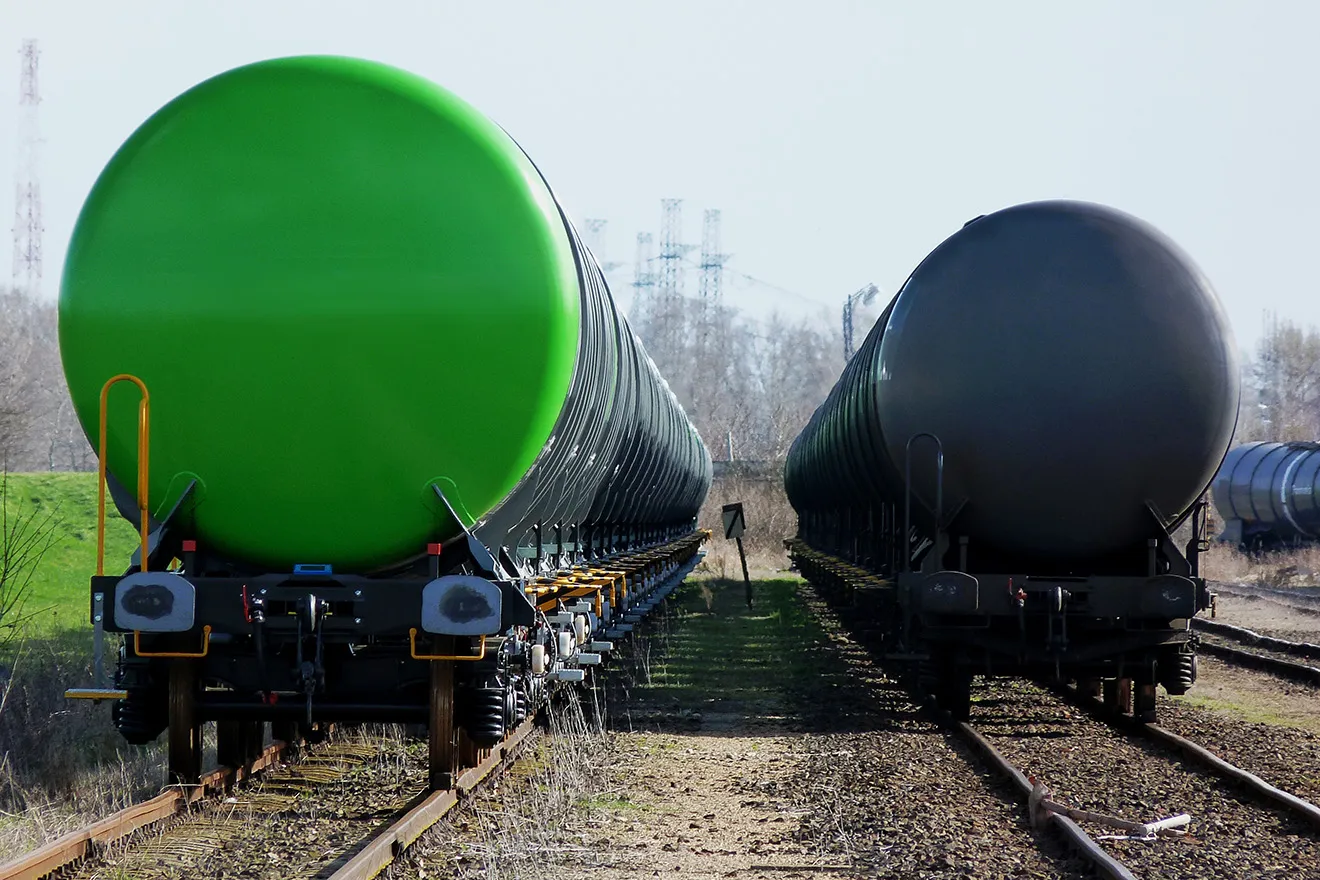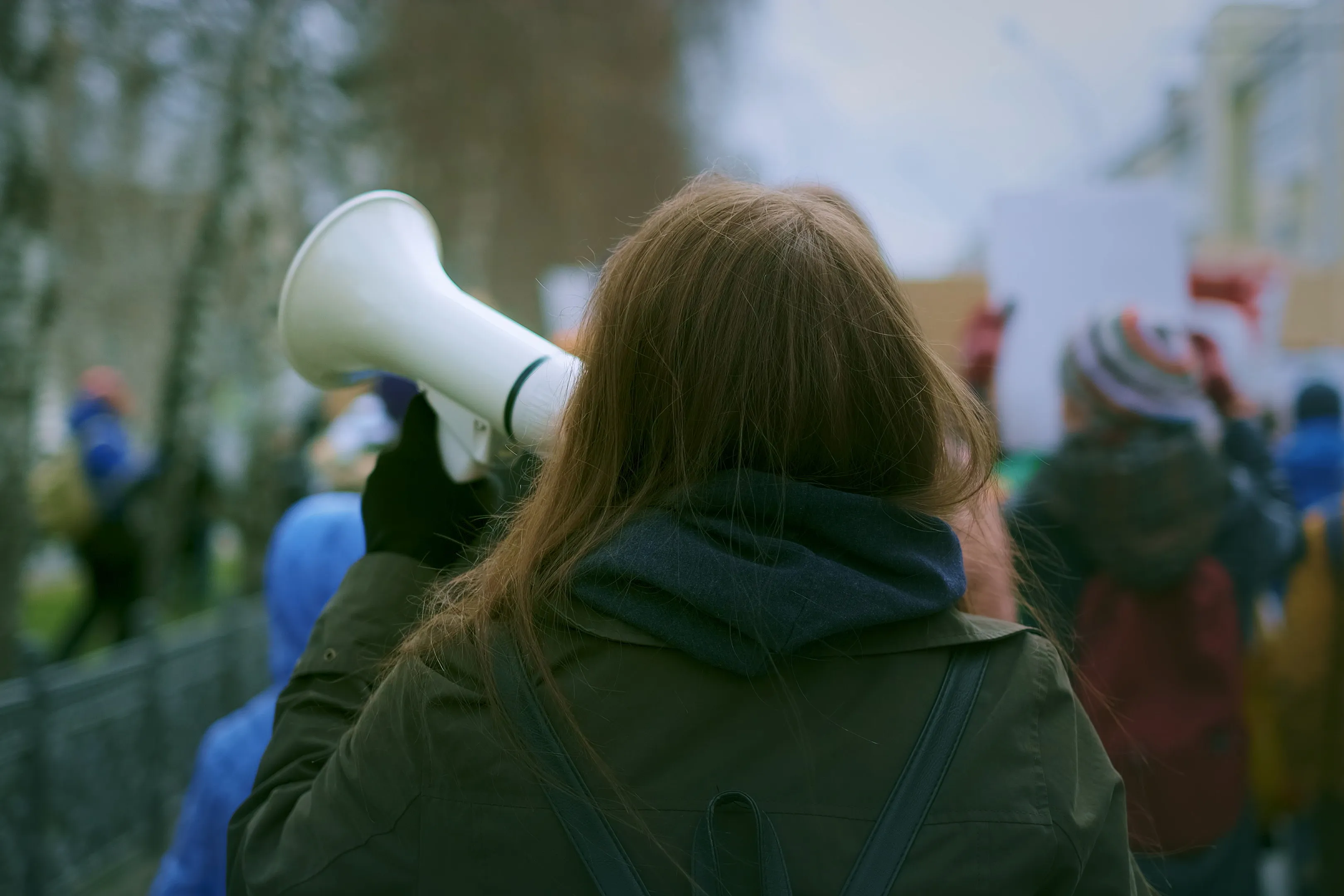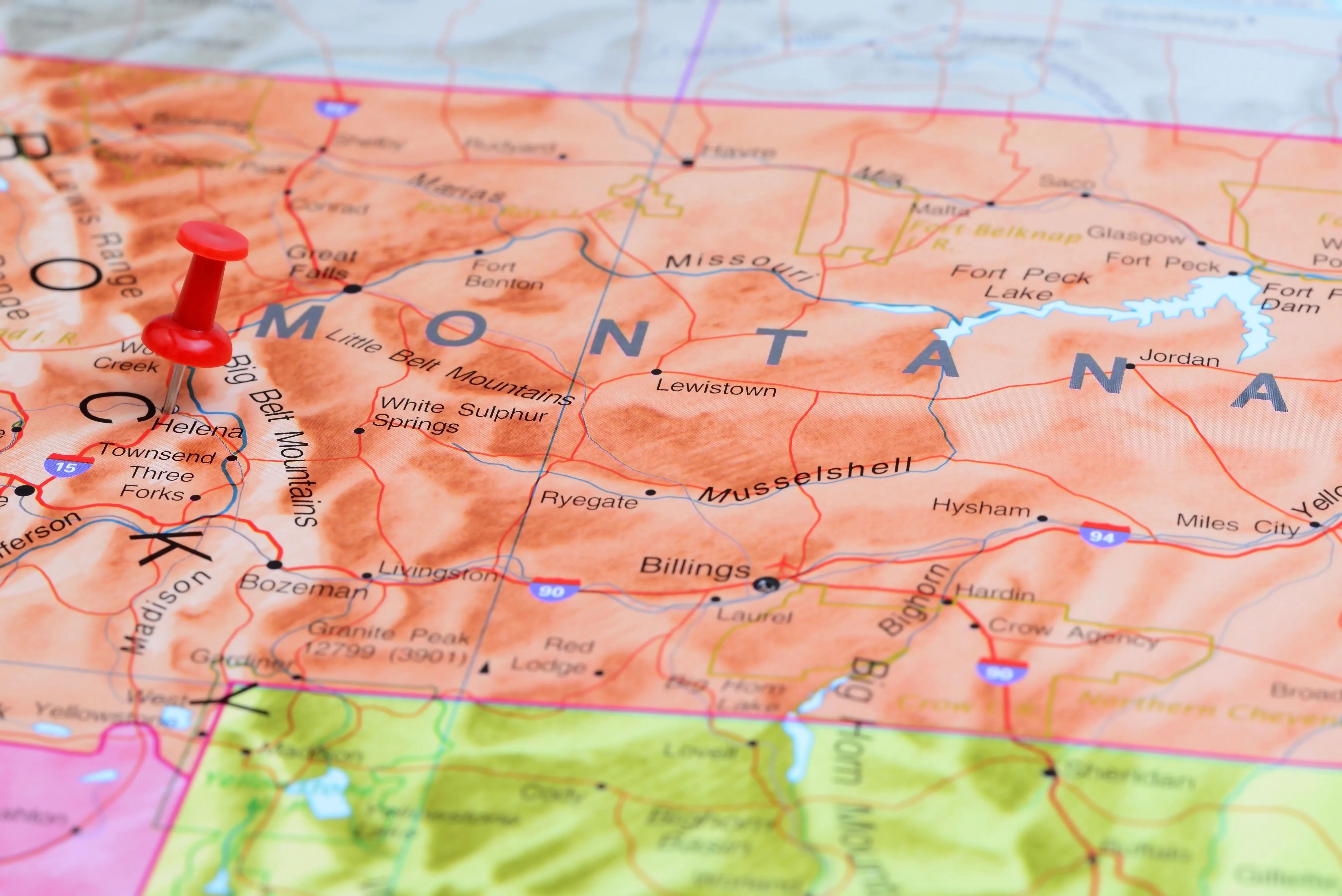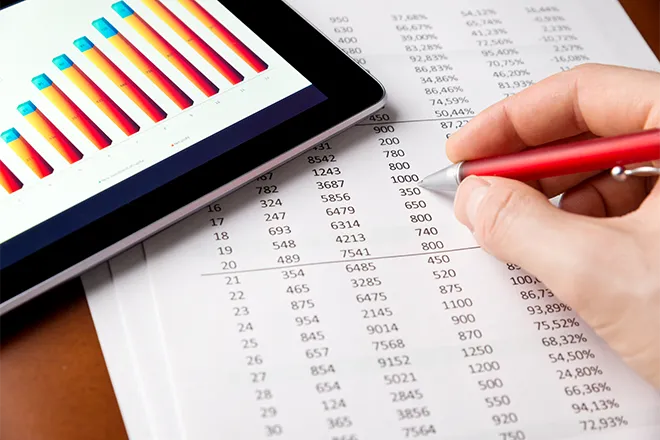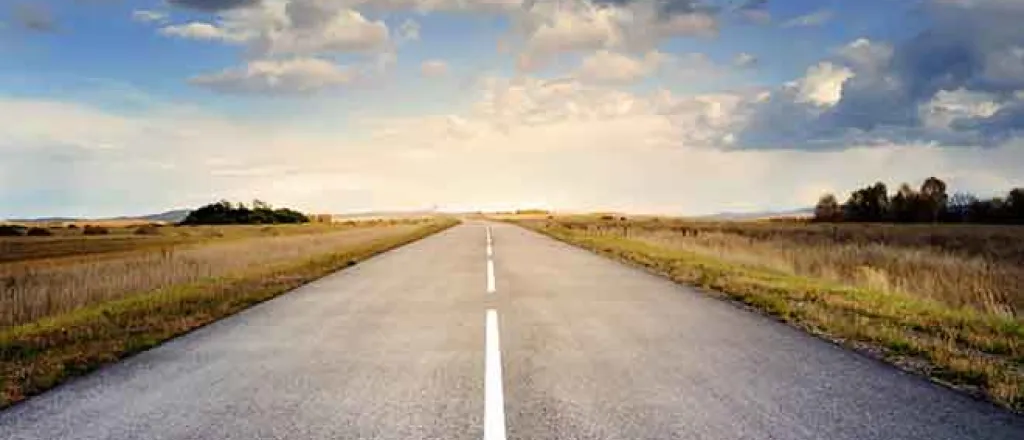
Study: Narrower roads safer, better for environment
Click play to listen to a version of this article.
(Nevada News Service) A new study sheds light on the importance of street design, especially as it relates to traffic and pedestrian safety.
In Colorado - from 2019 to 2022 - the number of traffic deaths increased 27 percent, according to the National Transportation Research Project.
Shima Hamidi, director of the Center for Climate-Smart Transportation and assistant professor of public health at Johns Hopkins University, helped lead the study.
She said switching lane widths between 11 to 12 feet down to 9 feet, can help reduce traffic collisions.
"But what we found in this study," said Hamidi, "a national study of more than 1,100 streets in the U.S. - is that when streets become wider, then it gives the drivers this false sense of safety that makes them drive faster."
Hamidi contended that speed is the main cause of most crashes, and when streets are more narrow, drivers tend to be more cautious.
According to the study, there are 1.5 times more crashes on roads when the lane width increases from nine to 12 feet.
The report includes policy recommendations, like prioritizing street design over driving speed and functionality.
Hamidi said another benefit to narrowing lane width relates to the environmental impact it can have on communities. She said less asphalt used for streets and roads equates to less heat.
"Really," said Hamidi, "the cause of urban heat islands - which is one of the most challenging climate change issues of our time - all of that comes with wider lanes."
Hamidi added that city and state transportation departments could pair lane-reduction projects with other initiatives, like adding bike lanes or larger sidewalks to make streets what she called "more livable."
For those worried about traffic congestion, Hamidi said narrower roads will likely slow down the speed of traffic, but that doesn't mean there will be more traffic.
"It will help many people to switch from driving to other modes of transportation," said Hamidi, "such as biking and walking, which could result in greenhouse gas emission reductions from transportation."





